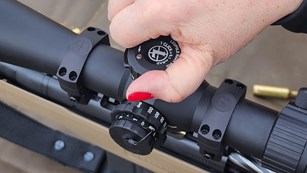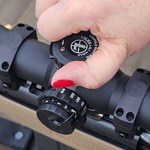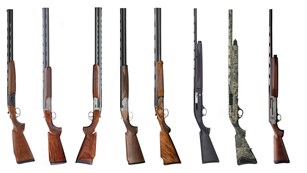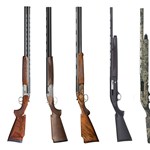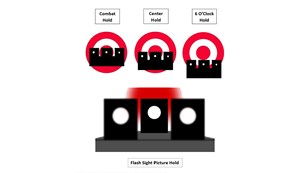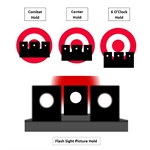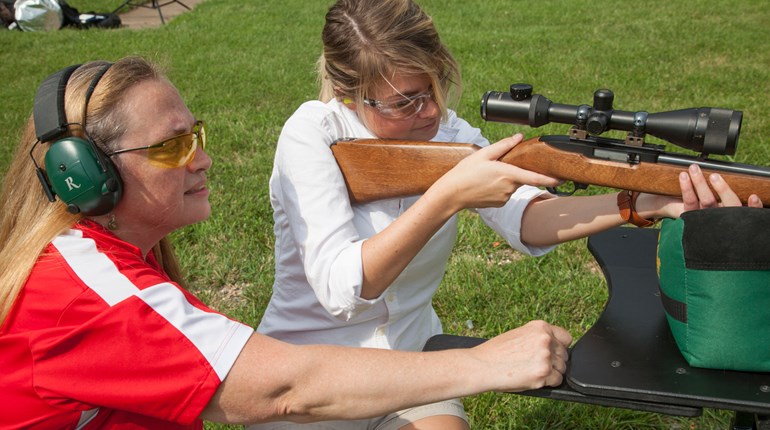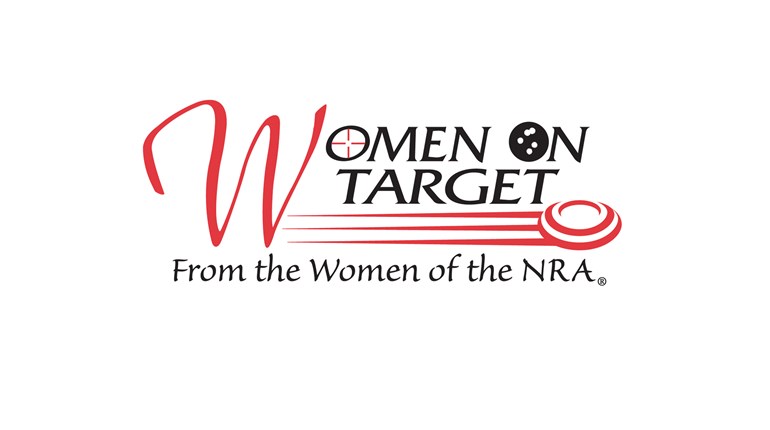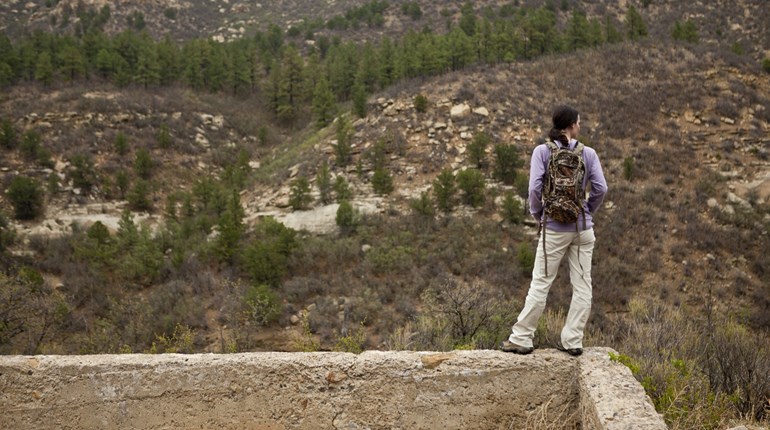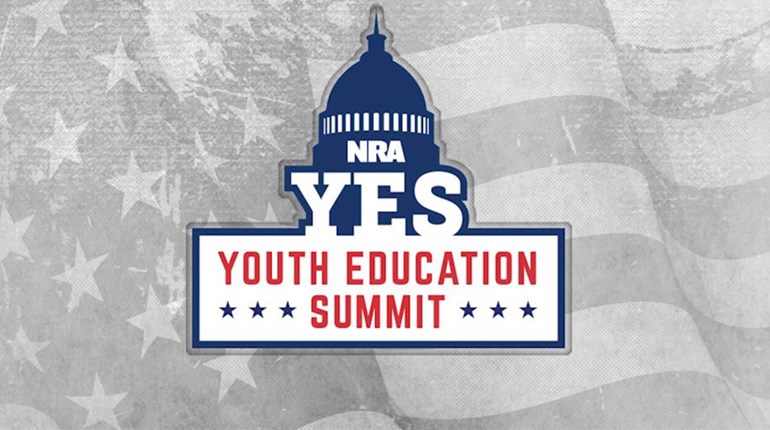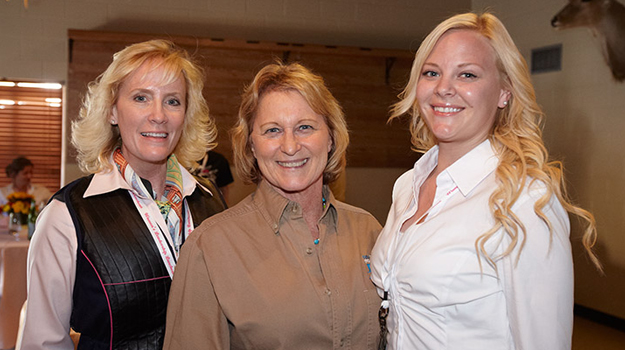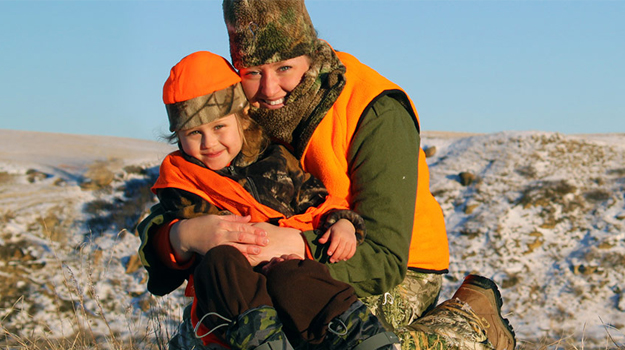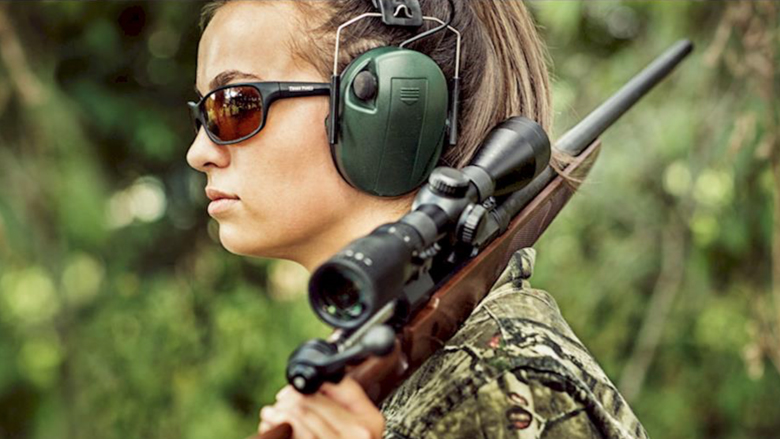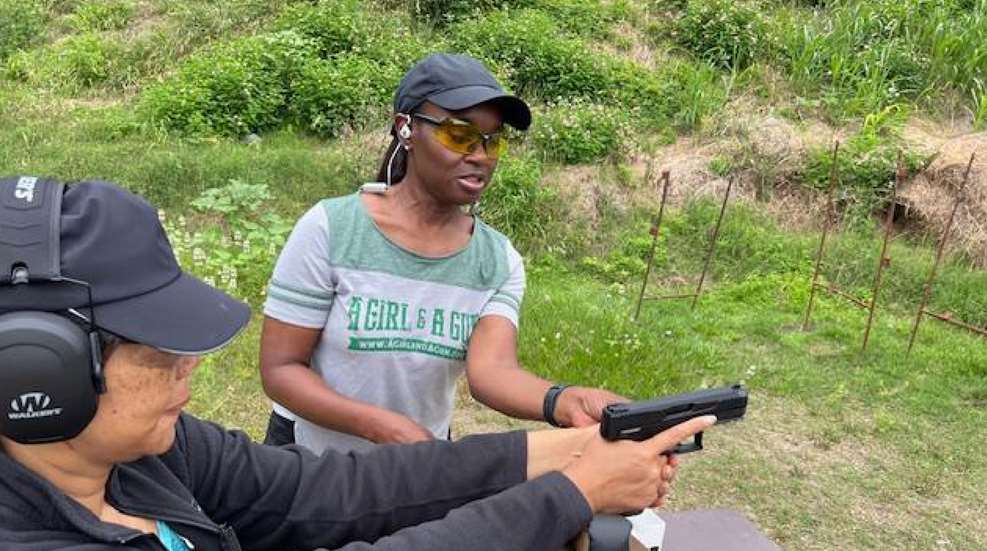
NRA Training Counselors (TCs) are a different breed. These are individuals who take training to a new level. After meeting criteria, TCs are selected by the NRA’s training staff as those who value firearms training, including safety, as essential to the preservation of the Second Amendment and the protection of our gun rights. In other words, TCs put training over profits and become mentors to NRA Instructors and the community.
Most NRA Training Counselors will tell you that they do not do it for the money. To their students, the classes can seem that their instructors are making a small fortune, but they do not realize the overhead in organizing and conducting an NRA class. There are numerous supplies, required NRA materials, classroom fees, range fees and so on.
With all that said, NRA Training Counselors are in a unique position. We are tasked with training future NRA Instructors, who in turn will be representing NRA training to new gun owners. It is the TC that produces the NRA Certified Instructor that the public meets at the grassroots level.
The NRA Training Counselor and the Certified NRA Instructor have different roles and goals. An NRA Certified Instructor’s goal is to teach their students the knowledge, skills and attitudes to safely and properly use the firearm in the discipline (rifle, pistol, or shotgun) they are teaching. If done correctly, their students should be a safer and more responsible and skilled gun owner after their training session than they were before it.
It is assumed that individuals who want to become NRA Certified Instructors are already safe, competent and skilled shooters. Therefore, the goal of the NRA’s Training Counselors is to teach instructor candidates how to be better instructors. TCs teach the techniques needed to identify the difficulties new shooters are having with their firearms and techniques, and how to correct these issues.
Since instructor candidates should already possess the skills to safely and properly use firearms, the task of the TC is how to challenge their instructor candidates. There are three ways the TC can challenge their instructor candidates. These are requiring the candidates use their back-up gun; requiring them leave their comfort zone; and experiencing the common difficulties of beginning shooters.

Use a Backup Gun
Almost every Instructor Candidate who attends my class seems to have a “back-up gun” or one that they do not prefer compared to their primary firearm. It is their primary gun that they practice with, “trick-out” with accessories and have the best holster for.
I sometimes ask the instructor candidates to bring both their primary firearm and back-up firearm, if they have one, to class. During range time, when I ask them to shoot using their back-up firearm for a portion of the training exercises, they are generally very hesitant, offering excuses as to why they are not as accurate with their back-up gun as they are with their primary firearm.
If the Instructor Candidate applies the “5 Fundamentals of Rifle and Pistol Shooting:” Aiming, Breath Control, Hold Control, Trigger Control and Follow Through, they soon realize that they are more proficient with their back-up firearms than they thought. By forcing them to use their back-up firearm, they tend to concentrate on these shooting fundamentals while gaining confidence in their secondary firearm.

Leave Your Comfort Zone
When it comes to firearms, the preferred make, model, and action types are very personal choices. We naturally gravitate to a firearm that feels good, shoots well and one with which we feel comfortable. When using different guns, actions, weights, etc. we will shoot differently because it takes us out of our comfort zone. This is why I challenge candidates by bringing a variety of firearms to the instructor class.
It is surprising to me how many Instructor Candidates show up to class without ever having shot single-action revolvers, double-action revolvers and 1911s. Additionally, many candidates have never fired a double/single semi-automatic pistol such as a Beretta 92FS. Today’s candidates may have only had experience with striker-fired firearms such as the Glock or S&W M&P semi-auto pistols.
It is common for candidates to be nervous and apprehensive at first, but when I explain that the same shooting fundamentals apply to each handgun, they tend to relax. By doing this and introducing a variety of handguns for them to shoot, you are challenging your students to focus on the fundamentals instead of the gun. They soon realize that if you learn and practice the fundamentals, it does not matter what firearm you are shooting.

Experience Difficulties
According to the NRA’s Instructor Training Program, many new gun owners experience common difficulties when firing the first shots. These include using their non-dominant eye, difficulty in concentrating, difficulty in relaxing, incorrect body position, incorrect gun position, incorrect sight alignment and sight picture, improper breath control, incorrect trigger control, and incorrect follow-through.
Many Instructor Candidates have never personally experienced these difficulties, or in the case of some of us, it was so long ago that we forgot what they felt like. If you do not know what it feels like or how to identify these difficulties, how can you correct them in your future students?
By having your Instructor Candidate set up and experience common difficulties among new shooters, you are challenging them to put themselves in the shoes of a new shooter. This can be hard to do with NRA Instructor Candidates because every one of them, especially the men, wants to shoot their best in front of the other classmates.
By using the “Coach/Pupil” method, candidates alternately play the roles of Coach and Pupil, teaching lessons from the Basic course and practical exercises under the supervision of a Training Counselor. By using “Total Participant Involvement,” Instructor Candidates are evaluated in their ability to teach, as well as practice identifying some of these common difficulties their “new” shooter may be facing and how to successfully overcome them.
I accomplish this by instructing the candidates who are performing the role of “Pupil” to pick one of the “5 Fundamentals for Rifle and Pistol Shooting” (Aiming, Breath Control, Hold Control, Trigger Control and Follow Through) and “safely” do that fundamental incorrectly during the live fire exercise. The “Coach” is then told to figure out what they are doing wrong and properly instruct him or her on how to correct the problem, and require them to shoot again using the proper form.
When an NRA Training Counselor challenges their Instructor Candidate, they are pushing them to be the best they can. Instructor Candidates should be able to adapt to different situations and apply the same safety rules and shooting fundamentals to any firearm they encounter. You may be able to control which firearms that you shoot, but you have no control over which firearms that your students prefer. Remember, in the Basic Instructor Training (BIT) course, we are taught that “Students have come to NRA Trainers trusting that they will get the GOLD STANDARD in firearms training."

